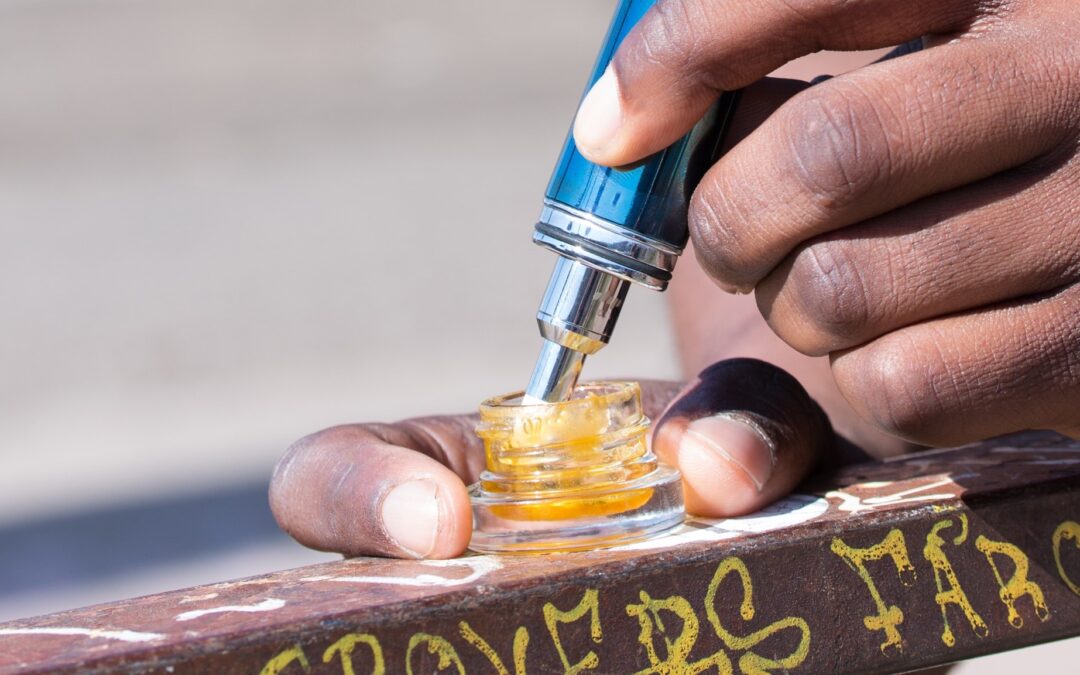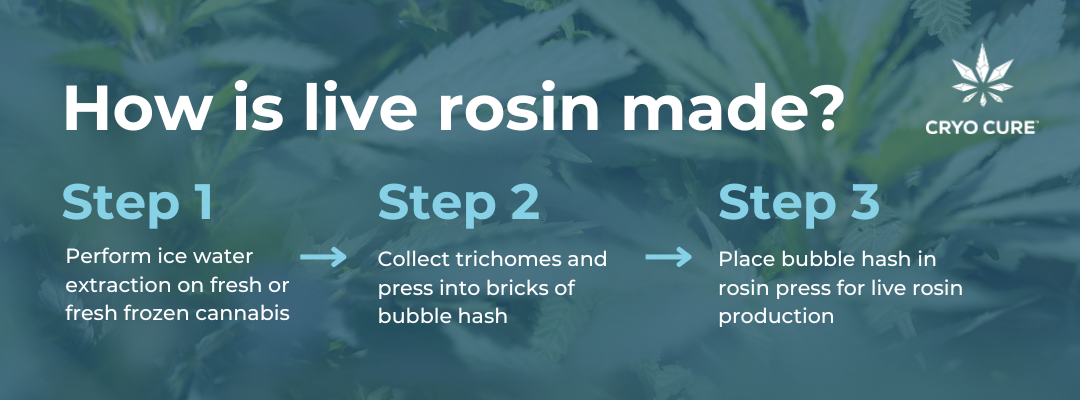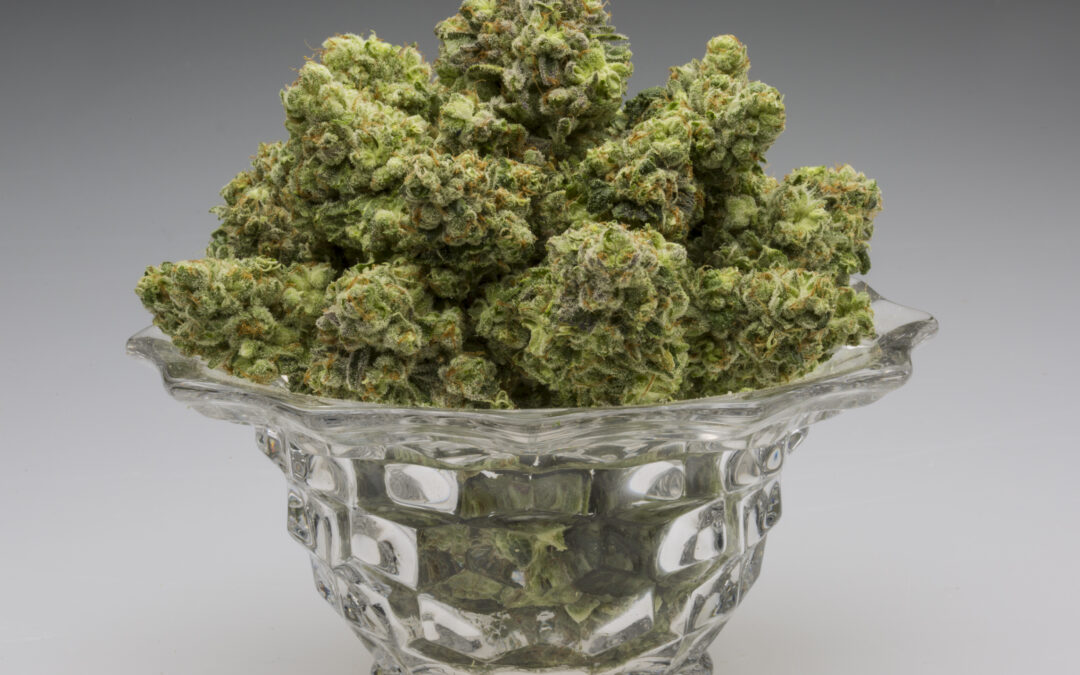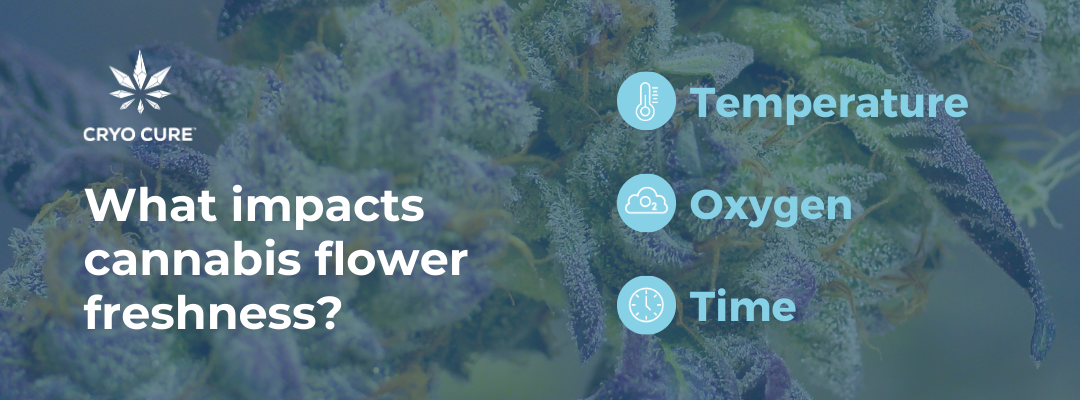
Rosin vs. Live Rosin: What’s The Difference?
Sometimes, cannabis product names are enough to make your head spin. And as more product types are developed, the laundry list of names grows longer, stranger, and more confusing.
There’s a good reason for this similarity, though. Take rosin and live rosin as an example. These two are closely related, but quite distinct for a key reason, despite nearly identical names. Here, learn the rosin vs. live rosin distinction, and learn how one word can make a world of difference.
What’s the difference between rosin and live rosin?
Rosin and live rosin are effectively the same type of solventless extract made using heat and pressure, but the main difference separating them is the starting plant material. Rosin is made from ice water hash (also known as “bubble hash”) that is produced from dried and cured cannabis, while live rosin is made from bubble hash produced from fresh frozen cannabis flower.
Unlike dried and cured flower, fresh frozen cannabis flower remains in its “live” state, with all the cannabinoids, terpenes, and moisture it contained during harvest still present. This is where “live rosin” gets its name. The result of using fresh frozen flower is elevated cannabinoid and terpene content that makes for a more potent and flavorful experience. Terpenes may also offer additional psychoactive and therapeutic benefits above and beyond cannabinoids. For example, live rosin products may produce more myrcene than rosin products, which researchers believe may be linked to anti-anxiety and pain-relieving properties.
Is live rosin better than rosin?
Live rosin generally contains more terpenes that are often lost in the drying and curing process, than rosin. This results in a superior taste, making live rosin the generally preferred variety by a lot of canna-lovers. However, rosin produced from dried flower, kief, or hash can also be high quality, even though this process retains fewer terpenes.
The high terpene content of live rosin can be credited to the fact that it’s extracted from fresh frozen flower rather than traditionally dried and cured cannabis. Fresh-frozen flower is known to preserve essential terpenes and keep flower as close to fresh as close-to-fresh as possible.
Why do customers love live rosin?
Why might you try live rosin instead of rosin or another type of extract? Live rosin stands out from other extracts for a few reasons, including:
- High terpene content: Unlike some other extracts, live rosin retains significant amounts of terpenes. While traditionally dried and cured flower has already lost terpenes, fresh frozen flower offers better preservation of terpenes. This, coupled with the solventless ice water extraction process that preserves more terpenes than other manufacturing methods, makes live rosin one of the most flavorful and aromatic extracts on today’s market. Even when making rosin from dried flower, there is no need for purging solvent, a step in other extraction processes where terpenes are often lost.
- Natural compound profile: Because live rosin is produced from fresh frozen flower, its compound profile will closely mimic that of the source plant. Cannabinoids and terpenes will be present in similar proportions as they are in the flower of the strain from which the live rosin was produced, making for a true-to-strain experience that cannabis connoisseurs especially love.
- Solventless extract: Both live rosin and rosin are produced using a solventless extraction process, beginning with ice water extraction and ending with a rosin press. This means there is no risk of residual solvents making their way into the final product and no need to add a solvent purging step to the process.
How is live rosin made?
The solventless extraction process used to produce live rosin involves ice water extraction to create bubble hash, which is then placed in a rosin press to produce rosin. It’s a relatively simple process that doesn’t require hydrocarbons, ethanol, or carbon dioxide like other extraction methods.
Each manufacturer may have their own personal twist on the process, but here’s an overview of how live rosin is generally made.
1. Perform ice water extraction on fresh or fresh frozen cannabis
Processors typically begin the process of creating live rosin by performing ice-water extraction on fresh frozen cannabis. The biomass is then agitated in near-freezing water, which makes the trichomes brittle and begins to break them off of the plant material without damaging cannabinoids and terpenes.
This agitation can be done by hand, stirring water in buckets, but is more efficiently achieved by using a commercial wash machine to create a vortex that strips the trichomes from the plant material. Using fresh frozen cannabis during this process ensures you start with the greatest possible amount of desirable compounds, but you could also opt to use dried flower.
After agitation is complete, processors use a series of fine mesh bags to collect the trichomes. This is done by layering micron bags in descending order so that they become increasingly fine, typically descending from 160 microns to 25 microns in size. The water/trichome mixture is poured through these bags, which collect the trichomes and allow the water to pass through.
2. Collect trichomes and press into bricks of bubble hash
After the trichomes have been collected, processors remove each micron bag in order of least fine to most fine. As each bag is removed, the trichomes are scraped together and collected to be pressed into bricks of bubble hash. The purest material is generally found in the last, finest micron bag. This bag has collected only the trichomes as the other bags have already filtered out virtually all of the plant material that came through in the wash.
Once the trichomes have been collected, the still-wet hash left behind is allowed to dry or is frozen into bricks of bubble hash. Because these bricks typically retain a lot of moisture, they must then be dried out using freeze dryers to expedite the drying process.
3. Place bubble hash in rosin press for live rosin production
Once the bubble hash has frozen into bricks, it is then placed into a machine called a rosin press to be pressed into its final form. A rosin press features two plates arranged in a vice grip-like configuration. These plates are then heated to temperatures between 82°C and 105°C (180°F and 220°F) and used to press the bubble hash at pressures between 1,000 psi and 1,300 psi for between 1 to 3 minutes. This will be warm enough to squeeze live rosin from the hash while still protecting valuable terpenes.
The Cryo Cure process and ice water extraction
Ice water extraction is an effective solventless technique, but it carries a major drawback: the cannabis flower subjected to ice water extraction sometimes still contains cannabinoids and terpenes that could’ve been used in the manufacturing process. Unfortunately, once a wash cycle is completed, all that soaking wet biomass is highly susceptible to microbial contamination by molds or mildews, so most processors throw it away.
However, Cryo Cure machines can help processors recover that biomass and claim any cannabinoids and terpenes still inside, making the money spent on flower go even further. Using Cryo Cure machines, processors can remove excess moisture in a matter of hours and return to biomass to safe levels of moisture content and water activity, eliminating the risk of microbial contamination. Manufacturers can then capture the remaining terpenes and cannabinoids from the biomass via hydrocarbon, ethanol, or CO2 extraction, resulting in less waste and better profits for manufacturers, who can now use every bit of material they may have been throwing away previously.
How to consume live rosin
Live rosin is favored by consumers looking for a flavorful experience or those seeking extra potency in their session. The most common methods of consuming live rosin include dab rigs, vaporizers, or infusing it into edibles.
- Dab rig: Consuming live rosin by dabbing generally requires a glass pipe that includes a nail or “banger.” Consumers simply heat the nail or banger with a blow torch and place a small amount of live rosin on it. The rosin will instantly vaporize it for inhalation.
- Vaporizers: Vaping is one of the most common ways to consume live rosin, as many vaporizers are built for use with concentrates. These devices generally feature a battery, mouthpiece, and chamber designed to hold concentrates. Live rosin is placed into the chamber and then heated to produce vapor for inhalation through the mouthpiece. Not all vaporizers are compatible with live rosin, though, so make sure to read the owner’s manual for your device first.
- Add to bowl or joint: Those who prefer flower-based sessions may try adding live rosin to a joint or a bowl pack. Simply sprinkle the rosin into dried flower before rolling or brush it around the outside for enhanced potency.
- Infused into edibles: If you’d like to consume your live rosin in edibles, you’ll need to decarboxylate it first. In other words, it must be heated up to activate the compounds within it. Once decarbing is complete, live rosin can be infused into conventional recipes or added directly to foods with higher fat or oil content for consumption.

Produce live rosin — start with Cryo Cure machines
Processors need to start with the best plant material possible to meet these consumers’ expectations for quality concentrates. Quality flower goes even further with Cryo Cure machines. Our patented technology, which improves upon the traditional freeze drying process, stabilizes THC and terpene content in less than a day. By skipping the hanging phase of drying where so many terpenes are lost, the flower retains significantly more compounds. This makes Cryo Cured flower, called Live Cured Flower, the perfect choice for high quality extraction operations.





